You may know that North Sulawesi is home to some of the most incredible fish species in the world, but did you know there are at least 8 different species of octopuses to see here? Add these 8 to your list and see if you can spot the others while diving in Gangga and Bangka Islands.
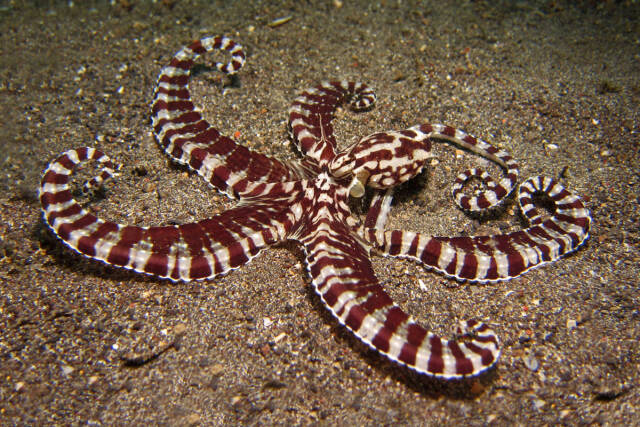
Figure 1. Mimic octopus
One of the most famous octopus species in the world is the mimic octopus. You may have seen videos of them impersonating other species such as sea snakes, crabs, and flounder. This incredible shape-shifting ability is amazing to watch on screen, but even more so in real life.
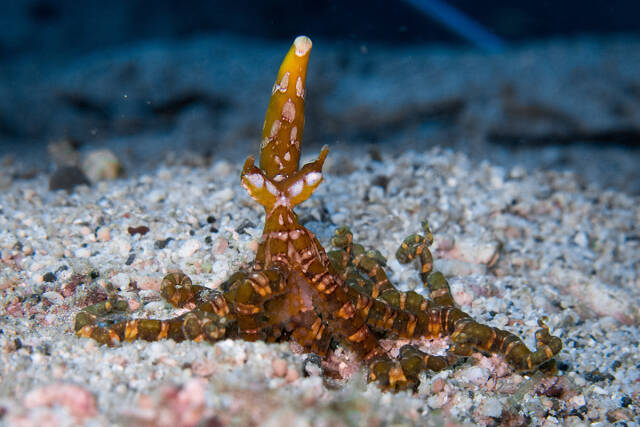
Figure 2. Magical octopus
The Miracle Octopus is often mistaken for the Mimic Octopus, another species that can change its body shape to look like other marine species. The two octopuses even have similar colors. However, there are some noticeable differences that you can look out for.
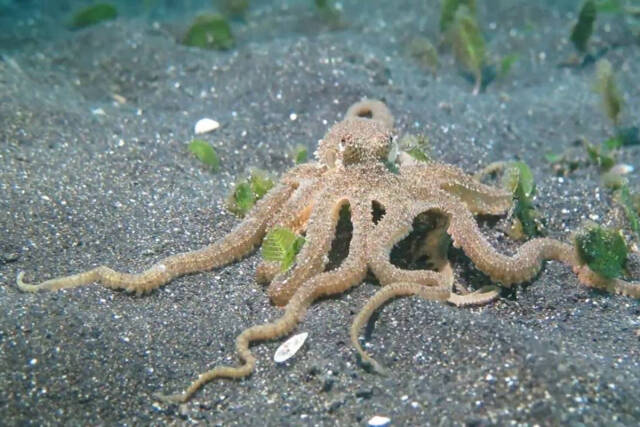
Figure 3. Long-armed octopus
You might think that every octopus is an octopus, but this species is only found in the Indo-Pacific. It is sometimes called the Indonesian long-armed octopus. It is actually a very small species, with the body only about 6 centimeters long, and even with its long arms, the total length is only 15 centimeters.
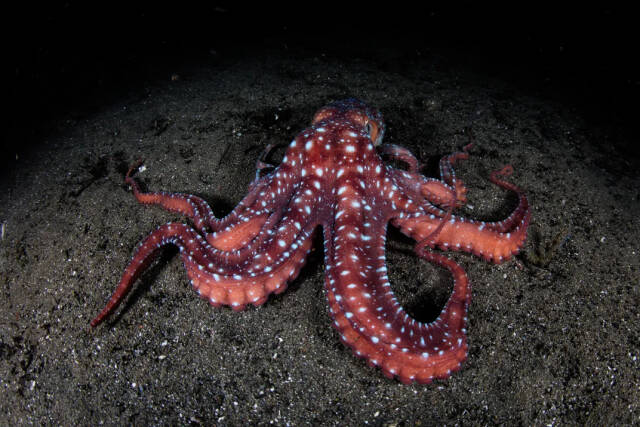
Figure 4, Starry Night Octopus
This is one of the rarer octopus species in North Sulawesi, but if you like night diving you are more likely to spot it. This is a very small octopus, but its arms can be up to 80 centimeters long!

Figure 5. Blue-ringed octopus
This little guy has a bad reputation as one of the most venomous animals in the ocean. This is true, but they are also quite docile unless provoked. Thankfully, they're easy to identify and avoid, as they have clear blue-black rings that turn iridescent and pulsate when agitated.
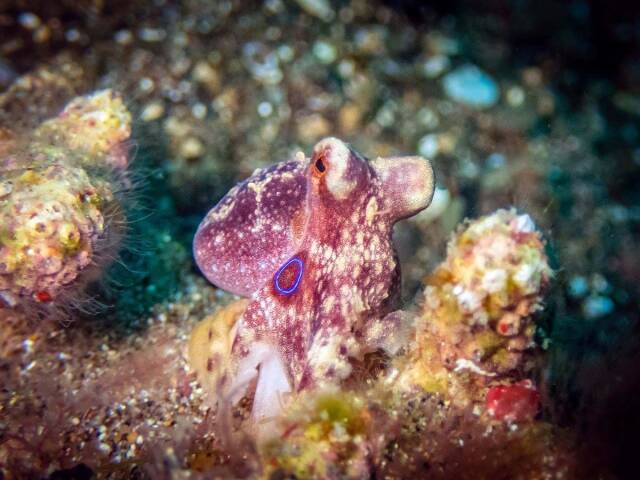
Figure 6, poisonous leopard cat octopus
Like the blue-ringed octopus, this strangely named venomous ocelot octopus, sometimes called the Morty octopus, is a small species with blue rings on its body. However, they are easily distinguished by the 2 blue rings on the sides of the body, rather than being spread all over the body.
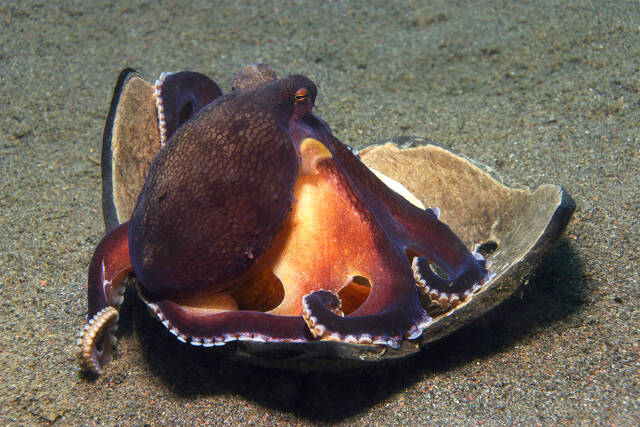
Figure 7. Coconut octopus
This is one of the most impressive octopus species in North Sulawesi, both in brain and brawn. Named for their habit of hiding in coconut shells and even carrying shelters under the mantle so they can hide anywhere. They are also adept at using tools such as sticks and debris to protect themselves from predators.

Figure 8. Hairy octopus
Finally, there is the rare hairy octopus. This is a tiny species of octopus, with the largest specimen only 10 centimeters long. As its name suggests, it has a shaggy appearance and is very good at blending into patches of seaweed and gravel. Its color ranges from brownish-red to white and cream, which makes them look like an entirely different species. Spot one of these while diving and you'll be thrilled by such a remarkable species and put it on your bucket list.
animal tags:
We created this article in conjunction with AI technology, then made sure it was fact-checked and edited by a Animals Top editor.